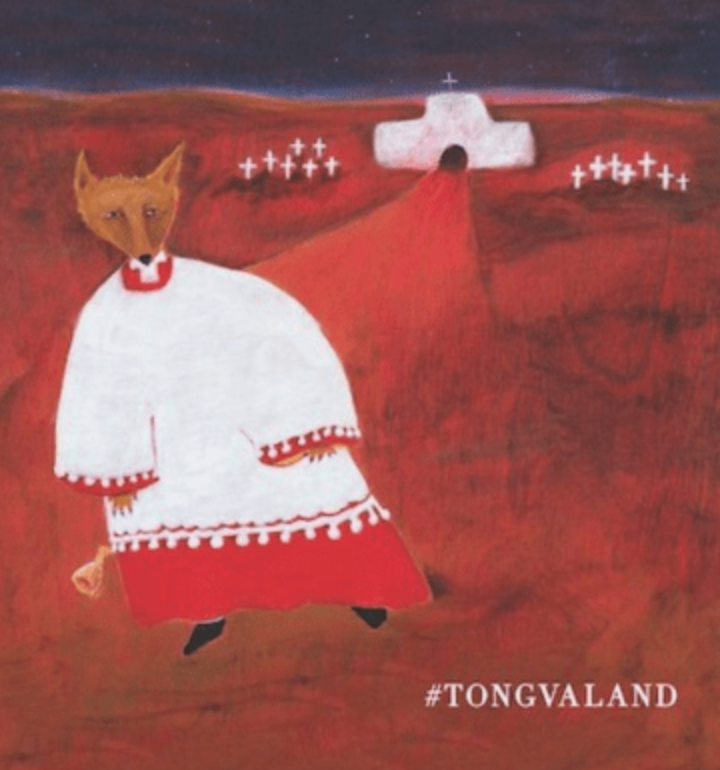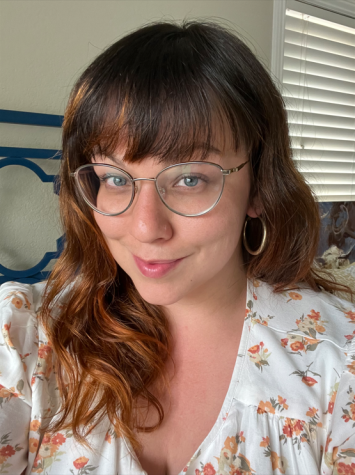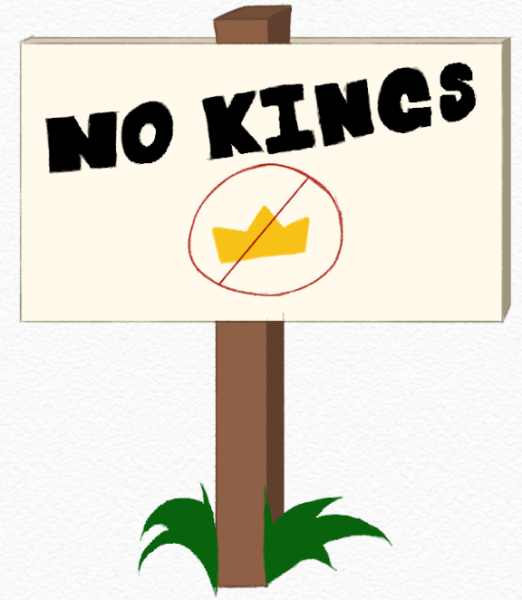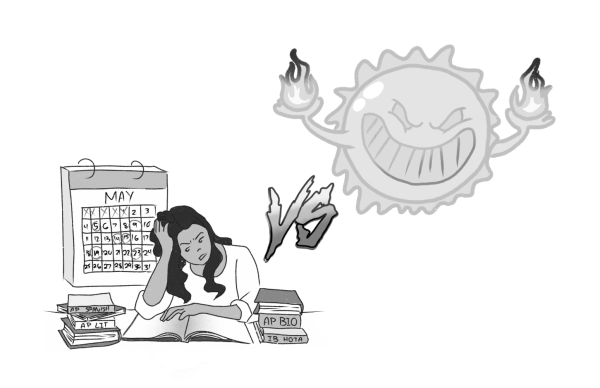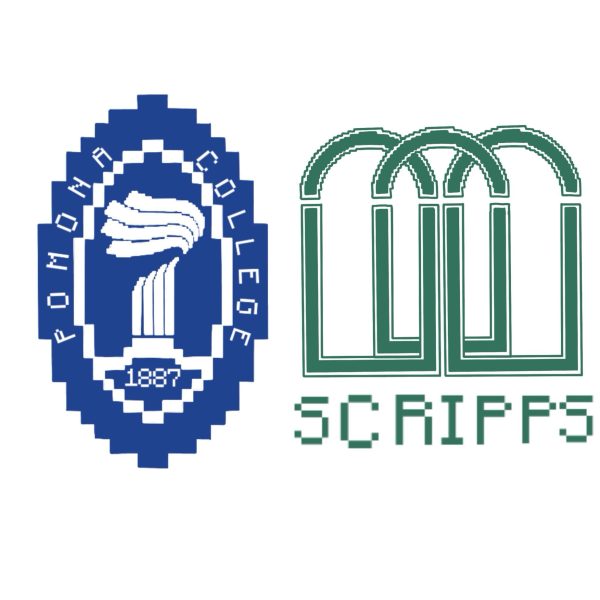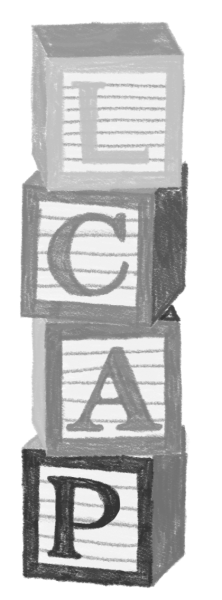You are on #TongvaLand: decolonizing Claremont’s history
Claremont High School, like the vast majority of high schools in the United States, occupies stolen land. CHS was founded in 1890 and for 131 years has inhabited the land of the Tongva, an Indigenous tribe of Southern California. The Tongva’s territory ranges from the Los Angeles Basin to the Southern Channel Islands. Cara Romero, of the Chemehuevi Tribe, is a photographer, who along with LandBack, co-created a collection of billboards in Downtown Los Angeles this past month. It featured a myriad of prominent and emerging local California Native artists, and intended to bring awareness to the occupation of Tongva land. She organized this project after her successful DesertX billboard project in the Coachella Valley which shed light on the Indigenous people of the desert: past, present, and future. Each piece of art displayed is accompanied by the phrase #TongvaLand. LandBack is an organization and movement whose goal is to reclaim everything stolen from indigenous peoples, whether that be the land, language, ceremonies, or medicines.
Most elementary school textbooks, including those that have been taught in CUSD, refer to the Tongva by their settler-given names: “Gabrieleño and Fernandeño.” The outdated terminology has been used for decades during the Native American history unit in schools. The curriculum is overall a gross under-representation of Native voices and a misuse of the past tense when discussing Native Americans. This leads to an erasure of the people whose land our schools occupy. L. Frank Manriquez, a brilliant Tongva, Ajachmem, and Raramuri artist, writer, scholar, and activist explained how to appropriately teach Indigenous history,
“The way to talk about it (Native Americans) is to A: get somebody who’s from a tribe because the history happened to them, to their peoples,” Manriquez said.
Manriquez teaches to elementary school children at the Oakland Museum in Northern California. There and in other learning environments, she teaches the history of Californian tribes through the lens of Indigenous peoples.
“When I do it (teach) I pass around a map that I made that all the Californian Indians write what their real tribes names were on and where they were located,” Manriquez said. “I talk to the kids about everywhere you go, there we are, and people say we’re gone. So it’s not so much about waiting for some systemic change, it’s handing a paper to a teacher and saying this is the new dialogue. We’re going to eliminate the words were or used to.”
Manriquez is one of the Tongva artists whose work was featured on the #TongvaLand billboards. Her displayed piece is called “Coyote Drops the Goblet” and is just one painting in the Coyote series that represents the devastating and genocidal history of California missions. 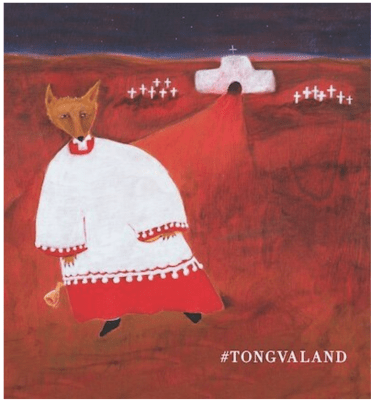
These billboards aim to bring attention to the vibrant contemporary culture of California Native peoples, as well as the violent histories of settler colonialism. Manriquez poignantly explains their significance, highlighting the continued absence of California Indigenous peoples in the media.
“We (Native people) are so invisible, that’s why the billboards are so stunning,” Manriquez said. “But then again you notice, how much news did you hear about it from like any LA papers or on the LA news or anything?”
So what can CUSD, the residents or Claremont, and we as highschoolers do? Like Manriquez suggests, it is high time vocabulary is updated when it comes to the discussion of Indigenous people. It is necessary to abandon the past tense and settler-given names of tribes to embrace the rich history of the people whose land we occupy and attempt to learn their stories, their true stories, the ones that are told by them. Manriquez proposed a “guest exchange” or voluntary tax paid by non-Indigenous residents of Tongva territory to the people whose land they occupy and use for resources. CUSD should consider delegating a small portion of funds to the “guest exchange” to open discussions on reparation.
To learn more about the LandBack movement or to donate visit landback.org
November is Native American Heritage Month. See here to learn more.
Hello there! Our goal is to provide relavent, engaging journalism for readers of all ages. Your donation will support the student journalists of the Wolfpacket at Claremont High School, and will allow us to purchase equipment, print our monthly issues, and enter in journalism competitions. We appreciate your consideration!
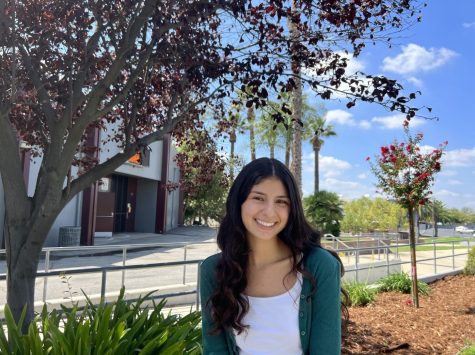
Isha Raheja is a senior at CHS and Assistant Editor-In-Chief as well as social media manager. Throughout her two years in the Wolfpacket, Isha has loved...



